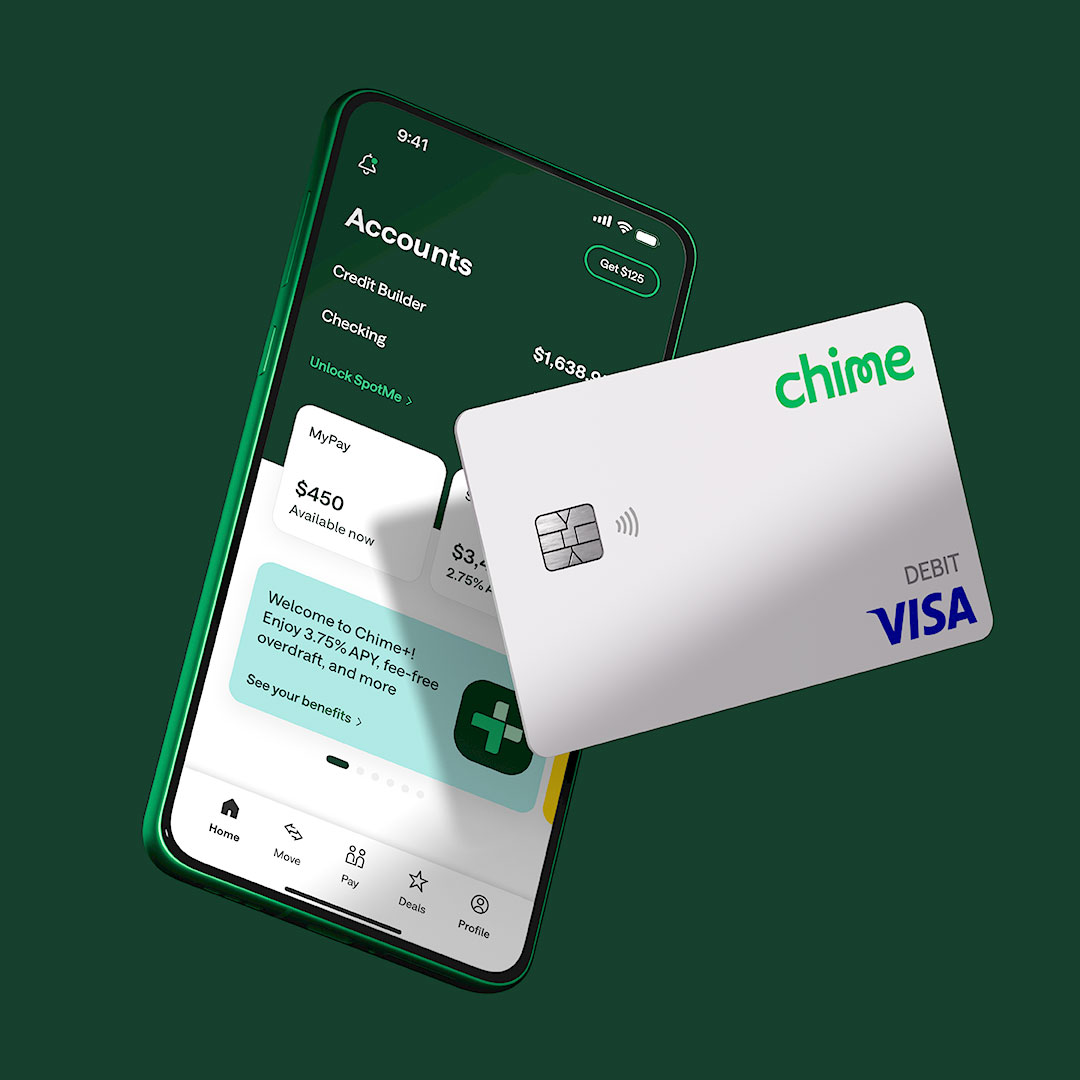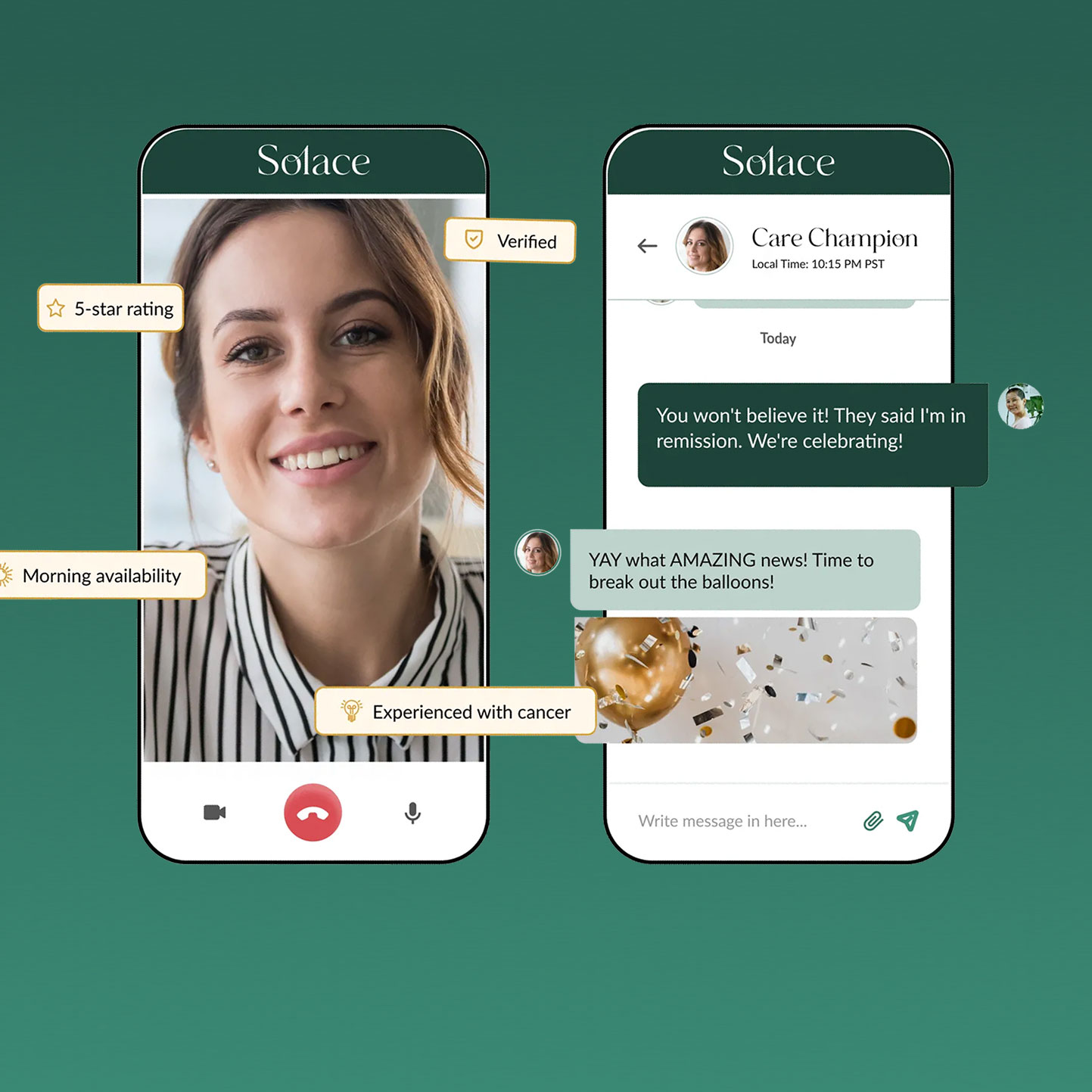*This article first appeared in Forbes.

(Credit: 2018 Bloomberg Finance LP)
As an early-stage consumer VC with a laser focus for efficiency, few things make me wince more than meeting brilliant entrepreneurs devoted to building products few people will want. They mistake novelty, whiz-bang technology and cool factor as the keys to a breakthrough startup. My advice? Humbly admit that consumers don’t care about you, your billion-dollar ideas, or the technologies behind them. All they really want to know is, what’s in it for me?
What sets successful consumer tech startups apart from the fads is how their products impact customers’ two most precious commodities: time and money. We’ve all heard the saying better, faster, cheaper; this is how to apply it with precision.
Eckhart Tolle fans will concur that all we really have is the “now,” so how does your product make each moment better? Consider music listening. Spotify entered a market dominated by iTunes with a subscription service offering access to millions of songs for a single, monthly fee. Without the decision fatigue of pondering whether each new song was worth $1 to access, customers enjoyed better listening time, filled with more, higher quality music. By the end of 2018, 96 million customers had concluded the subscription fee was worth it. Many moments are also spent deciding on and using physical goods. Buyers looking to feel better about themselves will be drawn towards platforms like Poshmark or StockX that highlight branded merchandise.
Faster is more straightforward. Consumers love to find products that deliver the same result in less time. Instacart offers one example, saving busy shoppers an hour by avoiding a trip to their favorite grocery store. This simple convenience exploited a billion-dollar opportunity. Faster can come in both big and small packages, and some of the most easily overlooked opportunities are streamlining frequently performed actions. Keyless car entry, voice assistants and touchpad scrolling are all innovations that have enhanced millions of lives by shaving just seconds off the activities we do many times every day.
To refine your features and marketing message, consider the minutes in your target customer’s week before and after adopting your product. Below is a visual aid from the time tracking app, Life Cycle. Imagine a second-by-second version of a chart such as this, tagged with context and intent, and pinpoint exactly where and how your product makes an impact.

Moving onto money: who doesn’t enjoy a screaming deal? Getting the same or functionally-equivalent products for cheaper can seismically shift consumer purchasing decisions. Consider resources like the Bureau of Labor and Statistics, which tracks the U.S. consumer dollar and offers a top-down view of market sizes. Walmart grew to the Fortune #1 company by offering everyday low prices and today companies like Wish are finding success by selling direct-from-factory at prices far less than retail can offer.
Of course, a product might deliver only a partial combination of better, faster, cheaper, but the most compelling products offer all three. Uber¹ represents one of the fastest growing tech companies in history through a service that might save you 15 minutes of standing on a corner (faster) while offering a broad array of ride options (better) and lower pricing (cheaper). The trifecta also explains the rise of Roku,² which effectively beat out Apple and countless others to become the leading TV streaming platform worldwide. When Menlo invested in 2008, consumers were still running to their local Blockbuster to pick out DVDs on Friday nights. Through the magic of streaming, Roku’s pioneering “Netflix Player by Roku” offered millions of great shows (better), on-demand (faster), at a much lower monthly fee than cable TV (cheaper). Now with its smart TVs, these offerings are effectively free as part of Roku’s platform bundle.
Ultimately, the hardest part can often be picking a small, single challenge to get started on. Many opportunities remain for consumer tech to make a positive impact, including addressing key issues in transportation, housing, lifelong learning, mental health and much more. None can be solved easily, but by having a crystal-clear picture of your product, it’s still possible to capture customer attention in a busy and distracted world. Consumers will always look out for their own best interests, rather than yours. When both can be met simultaneously, great new companies are born.
- Menlo Ventures led the Series B round of Uber in 2011 and remains a shareholder.
- Menlo Ventures was the first VC investor in Roku in 2008.
As an early-stage investor, Shawn focuses on companies that serve the “utilitarian consumer”—the individual seeking better, faster, and cheaper ways to move through life. Because basic human needs are persistent, he looks at how people are spending their money and time to assess the value and utility of a product…






